FORTE CULTURA Station: Bavarian State Fortress Ingolstadt (DE)
The Schanz - major fortress system on the Danube
Discover fortress history and modernity in the city of transformation
Ingolstadt impresses with its architectural splendour and rich history. Fortified and continuously expanded from the 13th century onwards, the royal Bavarian state fortress set new standards in the 19th century as the most modern polygonal fortification of its time. Two fortification rings with over 30 outer forts form the upstream barriers of the large fortification system.
Visit the Bavarian Army Museum in the late medieval New Castle, the former citadel of the state fortress. Or stroll along the medieval and modern city walls and enjoy the many walking paths in the Glacis or along the Künettegraben. Switch to the southern side of the Danube and explore the classicist Reduit Tilly, the centrepiece of the bridgehead with the two flanking batteries and the Klenzepark.
Discover with FORTE CULTURA Ingolstadt, the City of transformationwhere fortress history and modernity combine in a fascinating way.
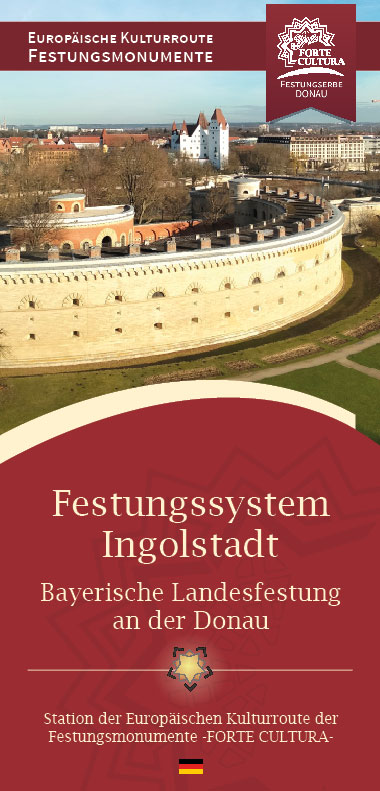

Get to know the Bavarian fortress of Ingolstadt on the Danube:

Ingolstadt was a Major fortress systemconsisting of town fortifications and two rings of outer forts.
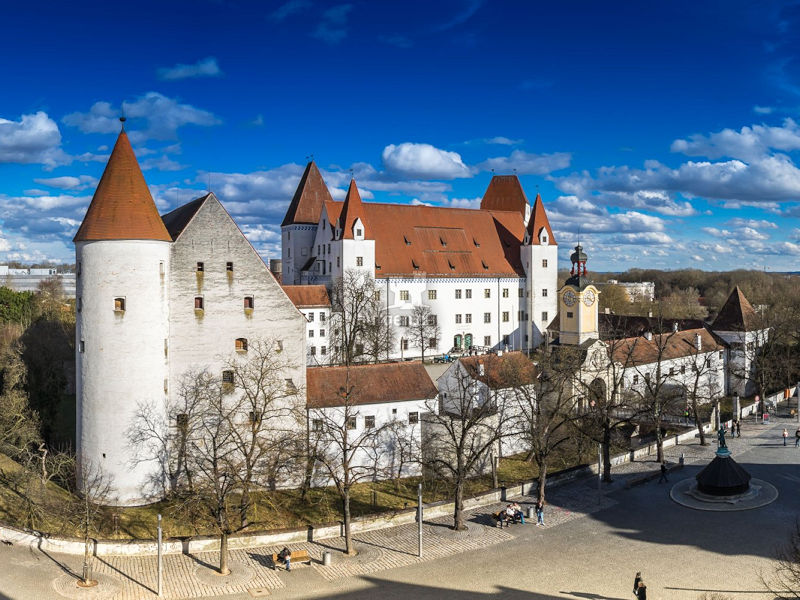
New Palace with Bavarian Army Museum
The New Palace, the former ducal residence of Ingolstadt, is located directly on Paradeplatz. With its massive fortifications and moats, the building complex, historically also known as the "Neuveste", once formed both a representative and defensively important cornerstone in the south-east of Ingolstadt. Today it is home to the Bavarian Army Museum, one of the largest military history museums in Europe.
Visit exciting exhibitions and numerous events in a historical setting.
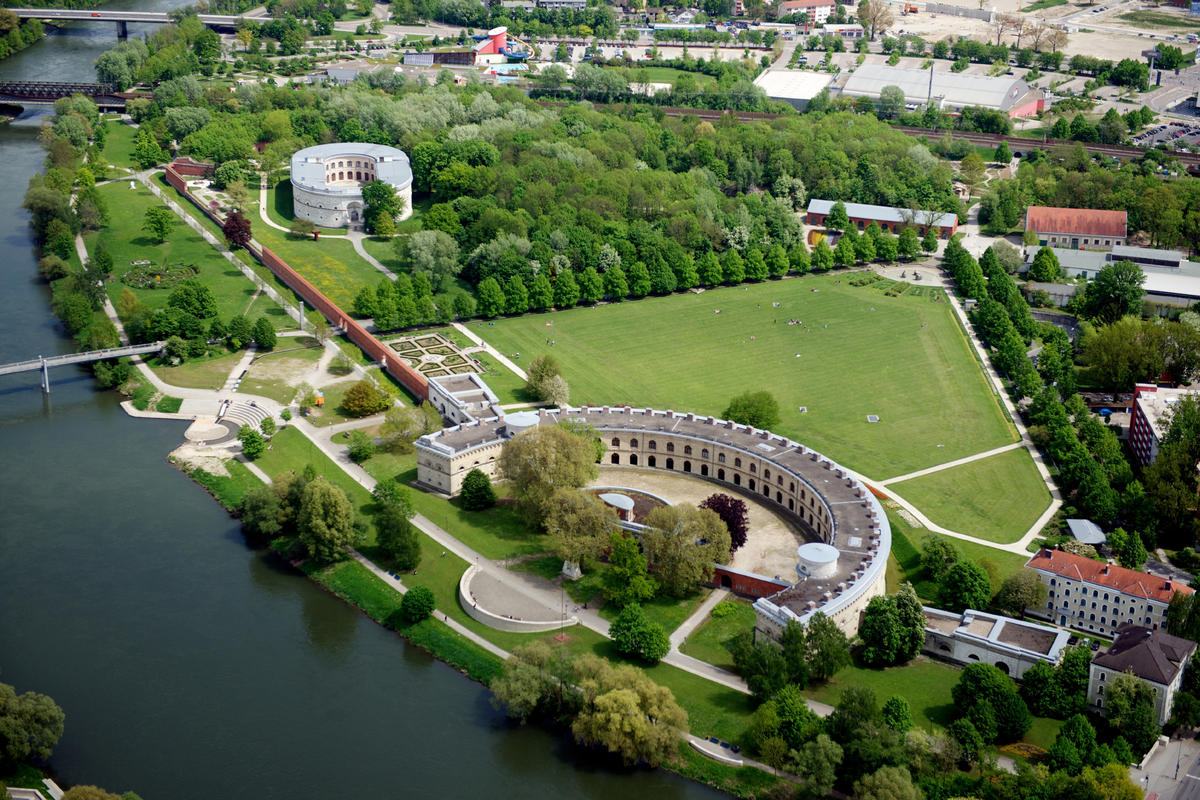
Bridgehead with Reduit Tilly and flanking batteries Triva and Baur in Klenzepark
The impressive Reduit Tilly was built in 1828-41 under King Ludwig I in the classicist style of Leo von Klenze and forms the main part of the bridgehead on the southern bank of the Danube. Also Tillyveste Today, as the "Museum of the First World War", it is another location of the Bavarian Army Museum. Architect Leo von Klenze also gave his name to today's Klenzepark, which encompasses the entire ensemble of the bridgehead.
This also includes the Triva and Baur towers, the two oval flanking batteries of the bridgehead. Tower Triva houses the Bavarian Police Museum, also part of the Bavarian Army Museum. The fortress vaults of the flank battery now house a restaurant and beer garden. Art exhibitions are sometimes held in the drill hall. A large playground and a varied garden and park area provide relaxation.
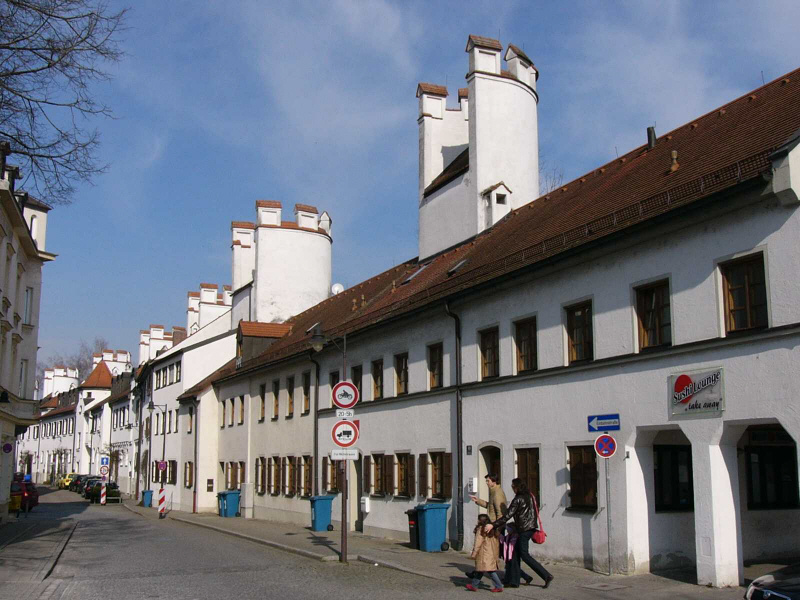
Medieval city wall
The medieval city wall, a 3 kilometre long, now plastered brick wall with 87 semi-circular towers and fortified gates, was built from the 14th century and was completed by the beginning of the 15th century. It has been almost completely preserved and can be found in many places in the old town. The imposing Kreuztor (1385), the Münzbergturm (around 1400) and the Taschenturm (around 1390) are particularly worth seeing.
If you cross the old Feldkirchner Tor gate dating back to 1368 via the castle courtyard, you will reach the Rossmühle mill via a footbridge, which was once important for the secure supply of flour to the New Castle fortifications, as only grain could be stored for longer.
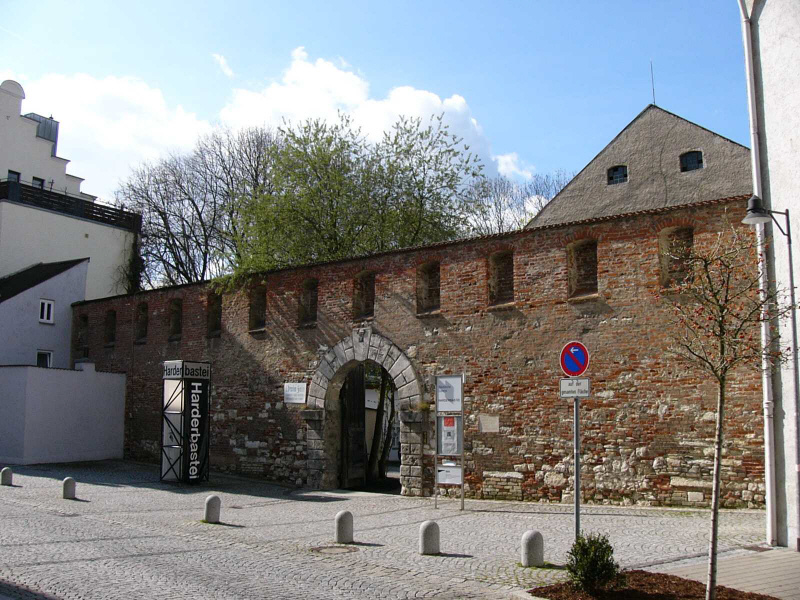
Harderbastei
The Harder bastion dates back to 1539 and is located in the north of Ingolstadt's old town centre. There was previously a medieval gateway to the city here, which was closed off with the new bastion for strategic reasons. In 1800, the bastion was demolished by order of Napoleon, but access to the town was not restored.
Today it is home to the Municipal Gallery with the Children's and youth art school and the offices of the Professional Association of Visual Artists. Kunst und Kulturbastei e.V. offers a wide range of workshops for children, young people and adults.
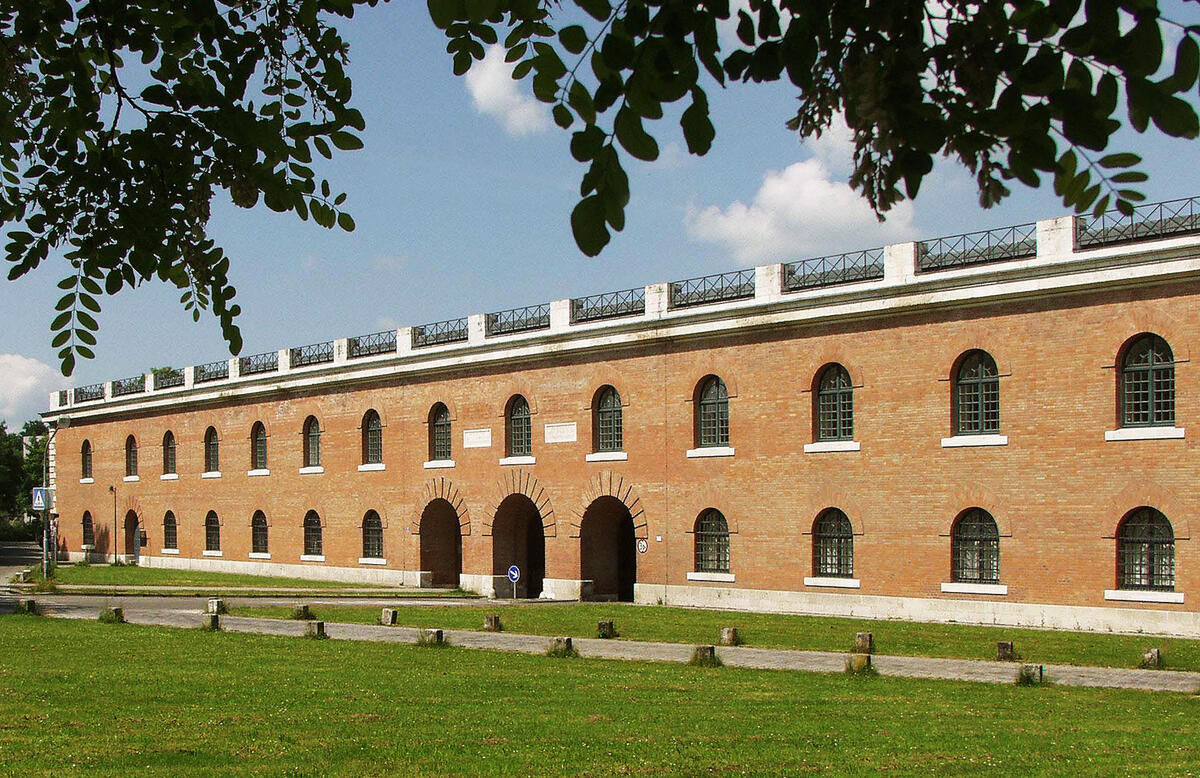
Cavalier Hepp with New Cross Gate
The fortress, built between 1838 and 1843, is named after the Bavarian army major Kaspar von Hepp (1758-1806). In front of the Kavalier is the Outer Cross Gate, a representative gate building of this section of the fortress.
Today, it is home to the Ingolstadt City History Centre and City Museum. In more than 50 exhibition rooms, the regional development from the Stone Age settlement, through the Middle Ages, the residence, war and university periods and the exciting development of the town and fortress up to the 20th century is shown here.
Furthermore, the Toy museum as "Children's museum to join in" in the Kavalier Hepp. Also the City archive and the Scientific library find their place in the extensive fortress building.
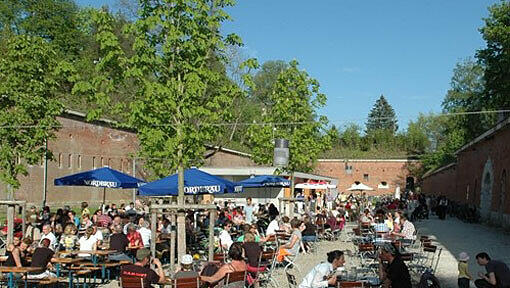
Schutterhof
As part of the classicist fortifications, the Schutterhof once housed the military swimming school. This is where the small river Schutter was channelled into the town, which was considered a weak point. The site was fortified in such a way that invading enemies could be fired on from four sides.
The fortress was revitalised by a cosy beer garden with local specialities and ducal beer. Barrier-free and with plenty of space, the Schutterhof is very family-friendly. The vaults of the Schutterhof also invite you to celebrate parties, e.g. with Chivalrous culinary delights in historical garments.
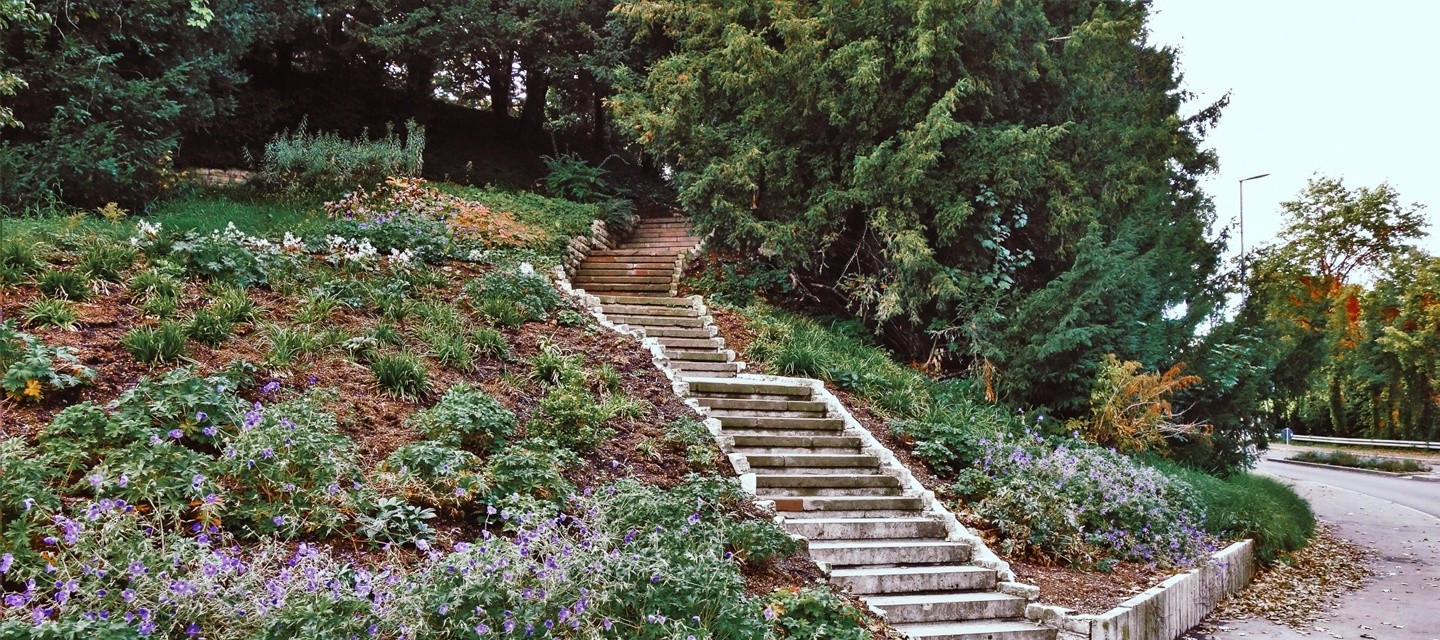
Scherbelberg
The Scherbelberg is an approximately 25 metre high pile of rubble that was heaped up in the 1930s from the ruins of the state fortress after the First World War. The hill offers a beautiful view of part of the old town centre.
Fortifications have been preserved under the Scherbelberg, which were used as air raid shelters for up to 300 people during the Second World War. Today, guided tours can be booked on request.
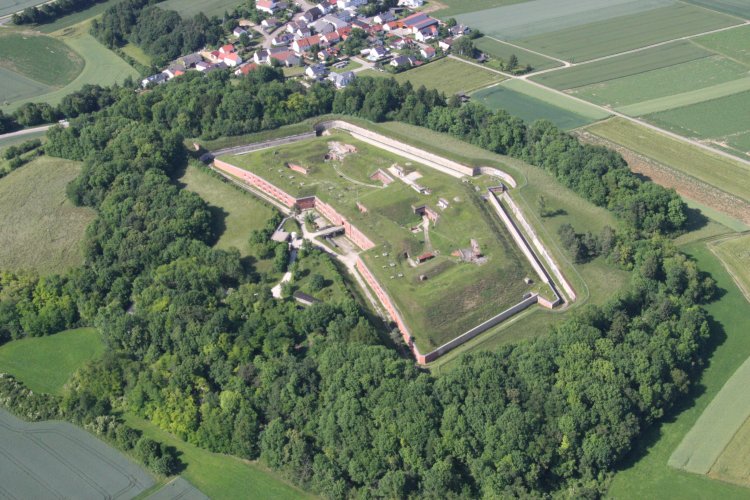
Fort Prince Charles (Fort VI)
Fort Prinz Karl is located in the north-east of the city and is the only largely preserved fort of the outer fort belt built from 1875. The fort was built as a so-called "Biehler Fort", a Prussian standardised structure from the late 19th century.
Due to the progressive development of artillery, the fort was extensively reinforced as early as 1889/90. Today it is home to the Ingolstadt Explosive Ordnance Disposal Service. Regular guided tours are organised in the summer months through the Bavarian Army Museum and the Association for the Promotion of the Bavarian State Fortress Ingolstadt offered.

Ingolstadt outdoor pool
Ingolstadt's outdoor pool is located in the centre of the city fortifications from the first half of the 19th century. The many brick walls give the pool a unique character, so that it can rightly be described as one of the most beautiful outdoor pools in Bavaria. The integration of two pools and the beach volleyball court in front of and inside the fortress walls is particularly successful. The Scherblberg and the Schutterhof beer garden are in the immediate vicinity.
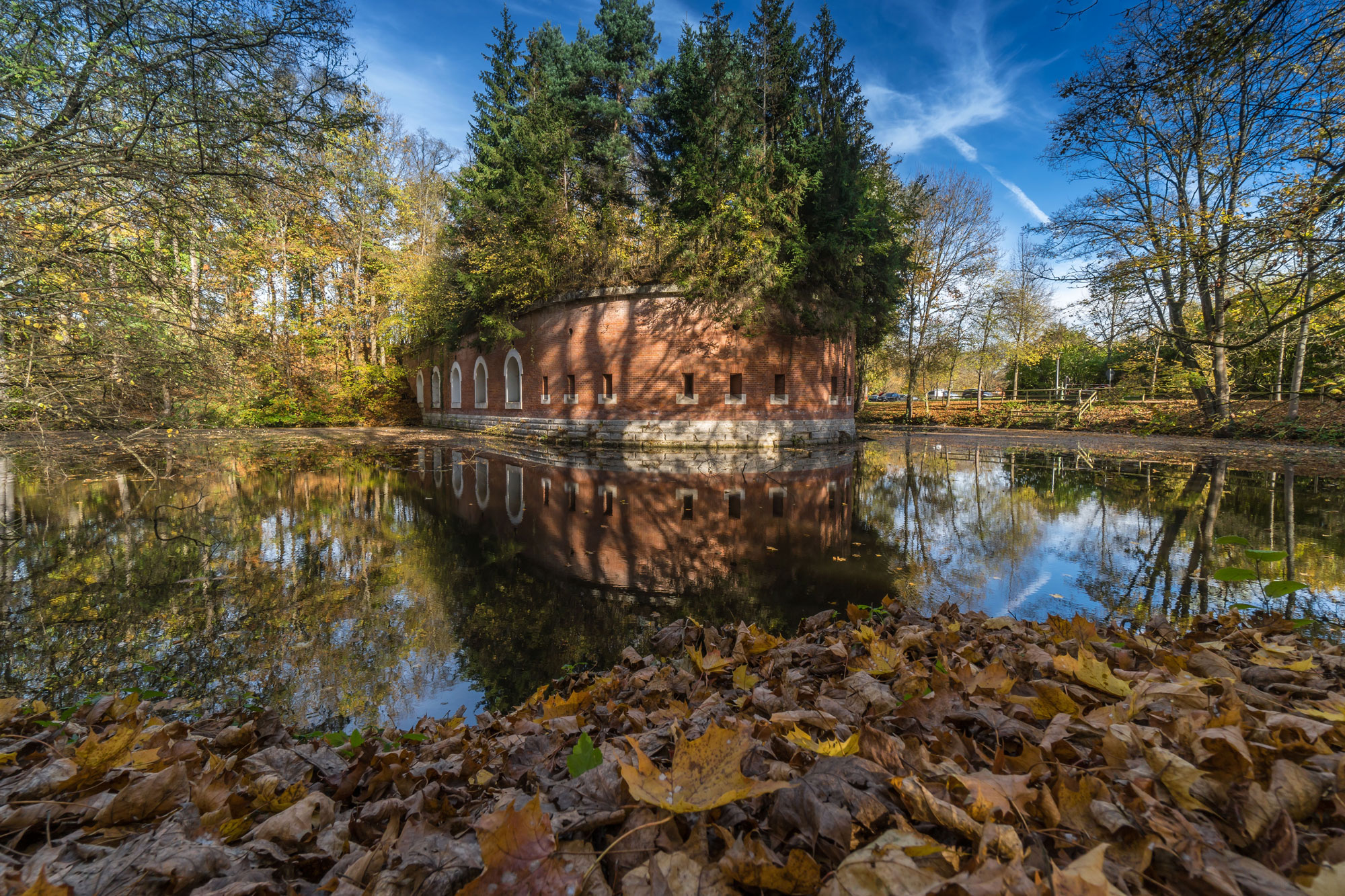
Cape94
The trench case of the fortress section of the Fronte Preysing, Battery 94, is now home to an extremely lively cultural association that runs the building as Kap94. Concerts, readings, poetry slam events and much more take place there on a regular basis. It is particularly worth mentioning that the roof of the defence works is also used for events, which is a real insider tip, especially on warm summer nights!
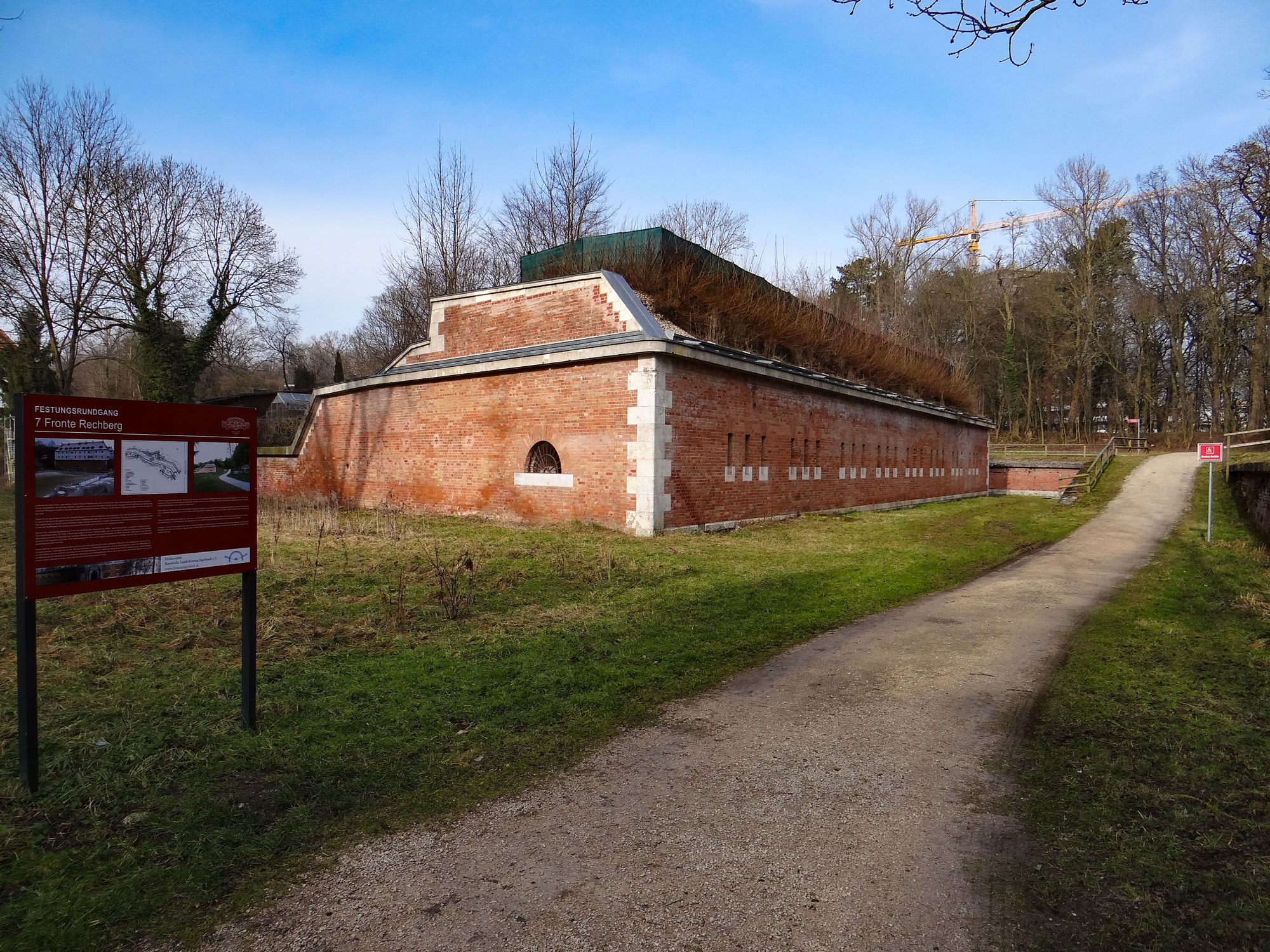
Front Rechberg
The area of the Rechberg front in the east of the old town is one of the best-preserved parts of the city wall, which represents the first of the three fortification rings around the city. The ceremonial laying of the foundation stone on the northern bank of the Danube took place here in 1834. A caponier, the main rampart with infantry gallery, a traverse building, a guardhouse, a gun emplacement, the city gate "Zweites Neues Feldkirchner Tor", the cavaliers Heydeck and Elbracht, the right part of a counter-guard, a reduit, the counter-terminal system and the glacis with breastwork are preserved. Parts of these, which were used as air raid shelters during the Second World War and then as accommodation for refugees from the former German eastern territories, can be visited as part of special guided tours.
Interested groups can enquire about special guided tours via the Ingolstadt Fortress Promotion Association.
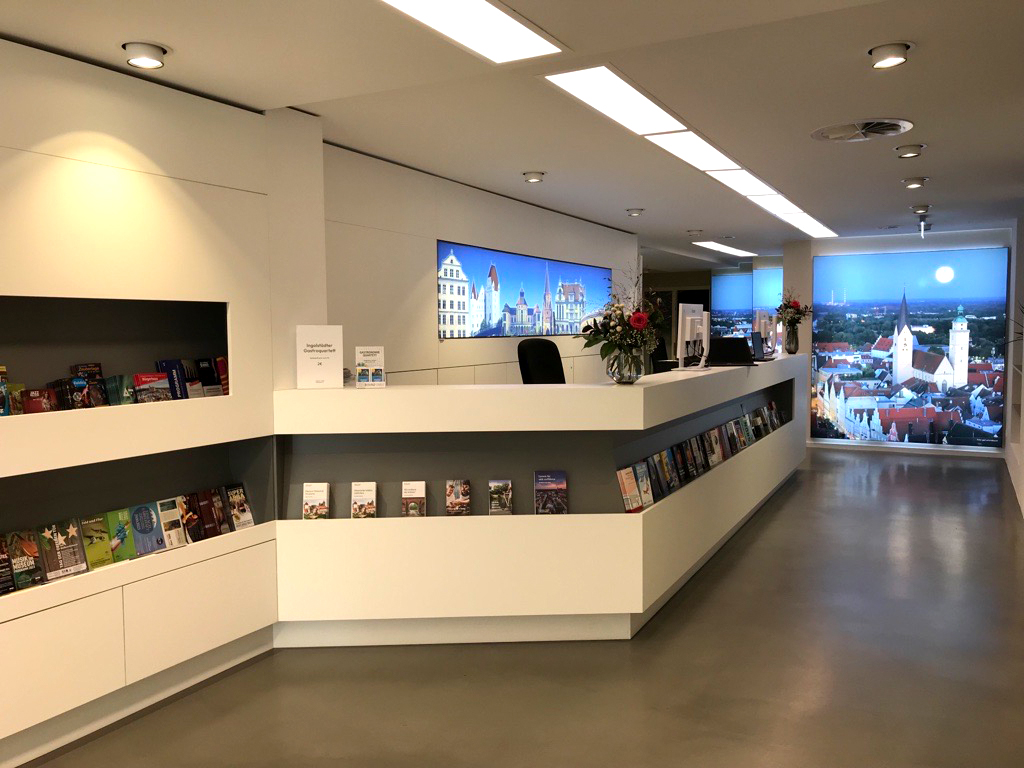
Ingolstadt fortified - Impressive evidence of the Bavarian state fortress
The city of Ingolstadt offers a variety of guided tours and tours on the history of the fortress. Discover Ingolstadt from special perspectives on city and themed tours such as:
- Ingolstadt Fortress - Bavarian State Fortress,
- Fronte Rechberg,
- Scherbelberg bunker,
- From the Scherbelberg to the Schutterhof,
- Ingolstadt Fortress - building blocks of a regional fortress - cycle tour,
- Guided tour of the fortress from woman to woman, and many more.
Contact for public and private guided tours is the Tourist informationMoritzstraße 19, 85049 Ingolstadt, phone: +49 (0)841/305-3030
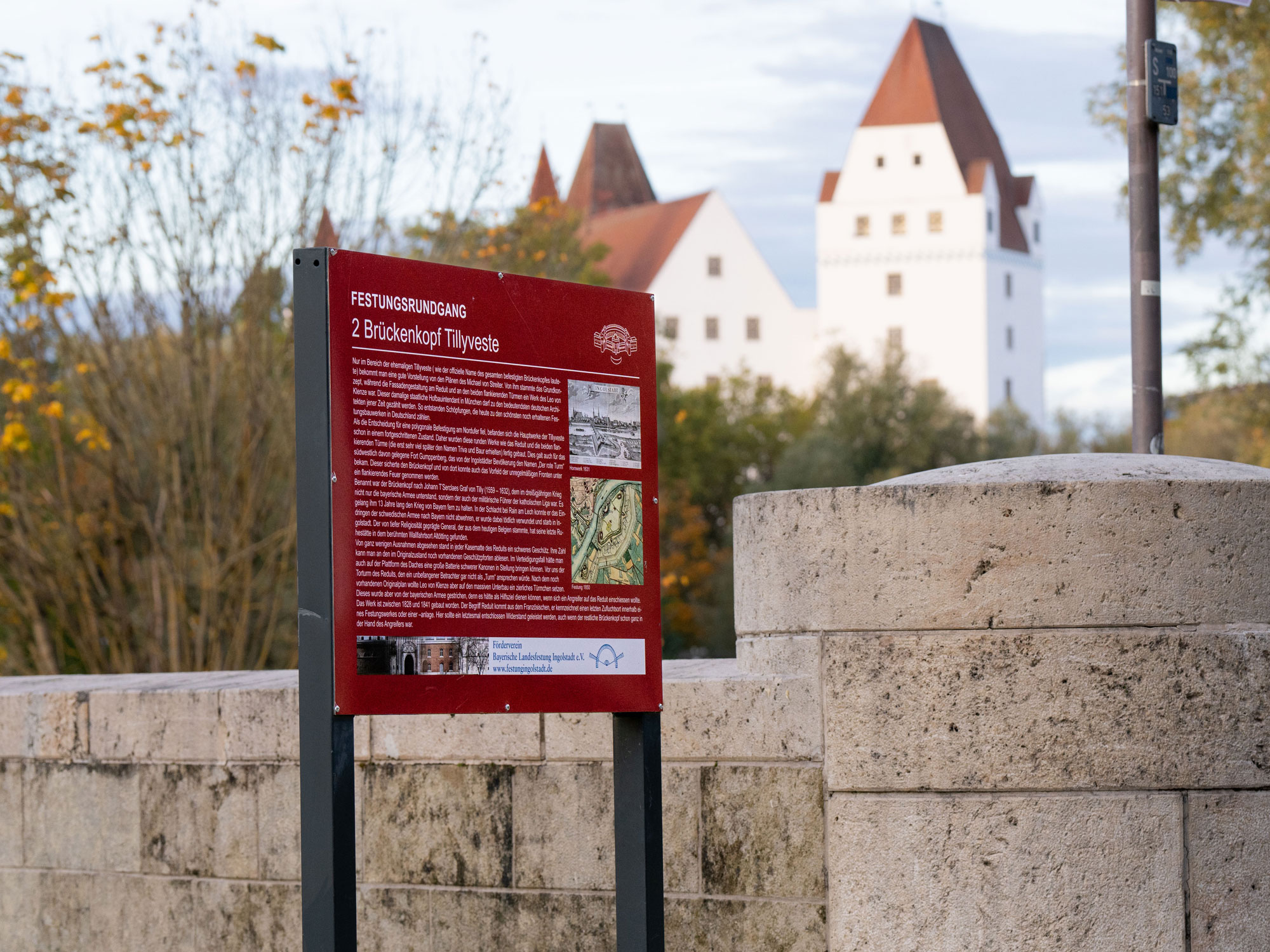
Fortress tour
The ingolstadt fortress tour can be organised individually at any time. The accompanying folding map is available in the Tourist information available.
Moritzstrasse 19
85049 Ingolstadt
Phone: +49 (0)841/305-3030
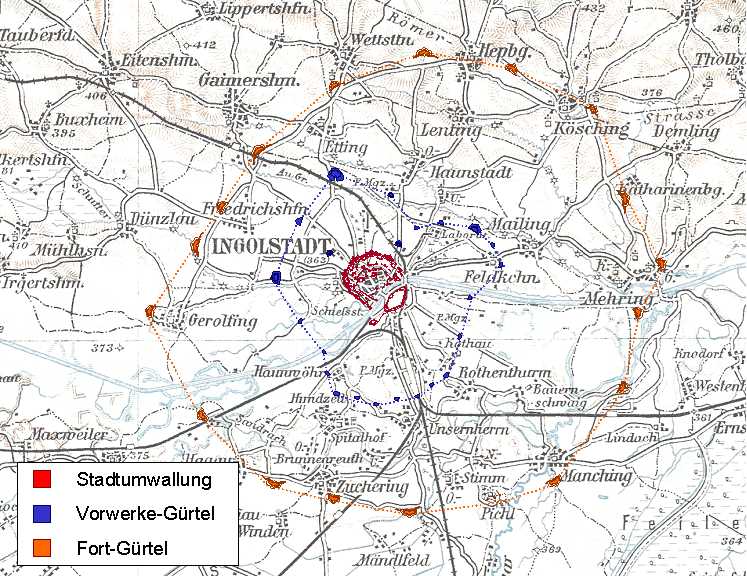
History
Due to its location on the Danube, Ingolstadt was already an important crossroads for long-distance transport routes in prehistoric times and later in Roman times. The first mention of Ingolstadt can be found in a document of Charlemagne in 806. Around 1270, Ingolstadt was demonstrably surrounded by a city wall, of which the Old Castle (today known as the Herzogskasten) still exists today and is used as the city library.
Due to the division of Bavaria into two duchies, Ingolstadt became the capital and residential city of the Duchy of Bavaria-Ingolstadt in 1392 (1392-1447). The construction of the second medieval city wall, which had already begun in 1368, was completed by 1430. The city wall contained 87 semicircular towers, which is why Ingolstadt was nicknamed "the Hundred Towers".
In 1472, the first university in Bavaria was founded in Ingolstadt, which later made a name for itself as a centre of the Counter-Reformation. Ingolstadt was also an important trading centre for salt, wine and beer.
In 1537, Ingolstadt became the Bavarian state fortress of Ingolstadt and was extended as a bastioned Renaissance fortress from 1539 to 1565. This gave it the nickname "Die Schanz".
As early as 1546, the Schmalkaldic War between the troops of the Schmalkaldic League and the imperial troops of Charles V led to a two-week conflict outside the city gates of Ingolstadt, but without any major consequences.
During the Thirty Years' War, Gustav II Adolf of Sweden bombarded Ingolstadt from the south. However, he abandoned his attempt to take the city after a week following heavy losses. Whether the fact that his horse was literally shot out from under him during a reconnaissance trip contributed to this is still disputed today. After the Swedes left, the animal was brought back to the city and taxidermied. The "Swedish grey horse" can now be seen in the city museum and is considered to be the oldest preserved taxidermy specimen in Europe.
Ingolstadt was besieged again in 1704 during the War of the Spanish Succession without success. However, the fortress was handed over as part of the Treaty of Ilbesheim and remained under the administration of the imperial troops until 1715.
In 1799, Napoleonic troops occupied the fortress of Ingolstadt. The university was relocated to Landshut and the fortress was razed.
The decision to rebuild the fortress was made as early as 1806, but it was not realised until 1828 due to a lack of funds. The Royal Bavarian Main Fortress became the largest and most expensive construction project during the reign of King Ludwig I. In 1861, the neo-classical fortress housed around 12,750 soldiers of the Bavarian army - compared to around 7,000 Ingolstadt citizens.
From 1866, the outer belt (middle ring) was built around the city, followed by the outer belt from 1875.
The construction of the fortress strengthened the transport infrastructure: the railway was connected in 1867 and companies such as the "Königlich Bayerische Geschütz- und Geschoßgießerei" (Royal Bavarian Gun and Bullet Foundry) ensured an economic upturn.
During the First World War, Ingolstadt was at times occupied by over 40,000 soldiers, the fortress buildings were used as prisoner-of-war camps and two reserve hospitals were set up in the city.
In 1937, the town's status as a fortress was revoked. The approximately 100 Jewish inhabitants were expelled by 1938. In 1944, Fort VIII (Manching) became a Wehrmacht prison, where 76 members of the Wehrmacht were executed for draft evasion or desertion by the end of the war. From January 1945, the town was the target of Allied bombing raids.
After the war, emergency accommodation for refugees was set up in the fortifications. From the mid-1950s, the pioneer barracks on the Schanz were built as Bundeswehr barracks: Today it houses the pioneer school, the army's technical school for civil engineering and the centre for civil engineering as well as the mountain engineer battalion 8.
Architecture
The first and oldest town wall was built in the 13th century and consisted of a rectangle with 4 corner towers. The Old Castle - today called the Duke's Box - was part of the fortifications and is the only remnant of this first medieval town fortification.
The second medieval city wall was built between 1368 and 1430. A 6-8 metre high city wall and 87 semi-circular towers at intervals of around 30 metres secured the city and earned it the nickname "the hundred towers" (Latin: ad centum turres). It has been almost completely preserved, with the Kreuztor gate, the Münzberg tower and the old Feldkirchner Tor gate being worth seeing.
The foundation stone for the construction of the first Bavarian state fortress was laid in 1539. By 1565, a bastioned Renaissance fortress was built on both sides of the Danube under Duke Wilhelm IV, planned by Reinhard Count Solms zu Münzenberg and realised by master fortress builder Georg Stern. The New Palace was also fortified with bastions and additional moats.
Further reinforcements took place in the 17th century under master fortress builder Christoph Heidemann. He had the inner moat wall raised and placed detached bastions, mostly in the form of a lunette, in front of the existing bastions. Three additional bastions were also built and the Harder Gate, which was considered to be a weak point, was closed.
After the fortress was razed by Napoleonic troops, it was rebuilt from 1828 onwards as a classicist polygonal fortress and two fortifications (from 1866 and 1875). This made Ingolstadt a "fortress of the first rank", providing sufficient space for the Bavarian army to prepare for campaigns and sufficient cover and storage space after campaigns. In addition to the purely defensive buildings, the military authorities also erected numerous supply and residential buildings, making Ingolstadt the industrial "armoury" of the Kingdom of Bavaria, with a powder factory, bullet and ammunition factory. After Spandau, it was the second largest armaments centre in the German Reich at the time.
After all, with a garrison of 30,000 men and a stock of 400 guns, the Ingolstadt fortress was considered to be highly resistant and no opponent was expected to be strong enough for a formal attack.
After the Second World War, all the fortifications of the outer fort belt were blown up, with the exception of Fort Prinz Karl (Fort VI) near Katharinenberg near Großmehring. However, considerable remains can still be found on some of the ruins and the outlines can usually still be clearly recognised on aerial photographs.
Detailed descriptions of the construction phases and development stages of the fortress can be found on the website of the Förderverein Bayerische Landesfestung Ingolstadt e.V. at www.www.festungingolstadt.de.
Ingolstadt has numerous parks, extensive green spaces and forests. The most characteristic feature is the Glacis, the apron of the former fortress belt around the actual city centre. In the 19th century, the glacis was laid out as part of the state fortifications as an open, grassy field of fire in front of the fortifications. The 100-hectare green belt surrounds the old town centre with woodland, meadows and water areas. Attackers found no cover here. Today, Ingolstadt residents and visitors alike enjoy a green oasis that radiates harmony between nature and the historic fortifications. Extensive footpaths and cycle paths provide access to the idyllic natural belt.
In the middle of the magnificent fortifications of the bridgehead is the Klenzepark, created for the 1992 State Garden Show with meadows, avenues, water features, a rose garden, shrub areas and a plant labyrinth. Children will love the Fort Peyerl play park. A beer garden and the Gardens of the Senses also attract visitors to Klenzepark, which is also the venue for high-calibre open-air events.
The largest forest in Ingolstadt is the alluvial forest (Schüttel) on the northern and southern banks of the Danube. It is one of the largest continuously preserved alluvial forests in Germany. The alluvial forest serves as a nature reserve with vegetation and animal populations that are in part unique in the region, as well as a green lung and (near-natural) local recreation area.
Along the Danube there are further nature and recreation areas as well as a biotope adventure trail in three sections
(www ingolstadt.de/biotoperlebnispfad).
Event highlights in the fortress city of Ingolstadt
- APRIL / MAY: Pure Beer Festival 1516, scientific congress "WIKOIN" (every 2 years)
- JUNE / JULY: Africa Festival, Fortress Day, Audi Summer Concerts, Citizens' Festival, Festival of Cultures
- AUGUST / SEPTEMBER: Wine festival at the Schutterhof, open-air cinema in the Baur tower, kultURIG customs series
- NOVEMBER / DECEMBER: Christmas market
Discover the diverse world of experiences in the fortress city of Ingolstadt at numerous events. Concerts, festivals, exhibitions, lectures, children's and family festivals, markets and much more can be found at Ingolstadt.live under event calendar. In addition, our city and themed tours offer many opportunities to immerse yourself in history.
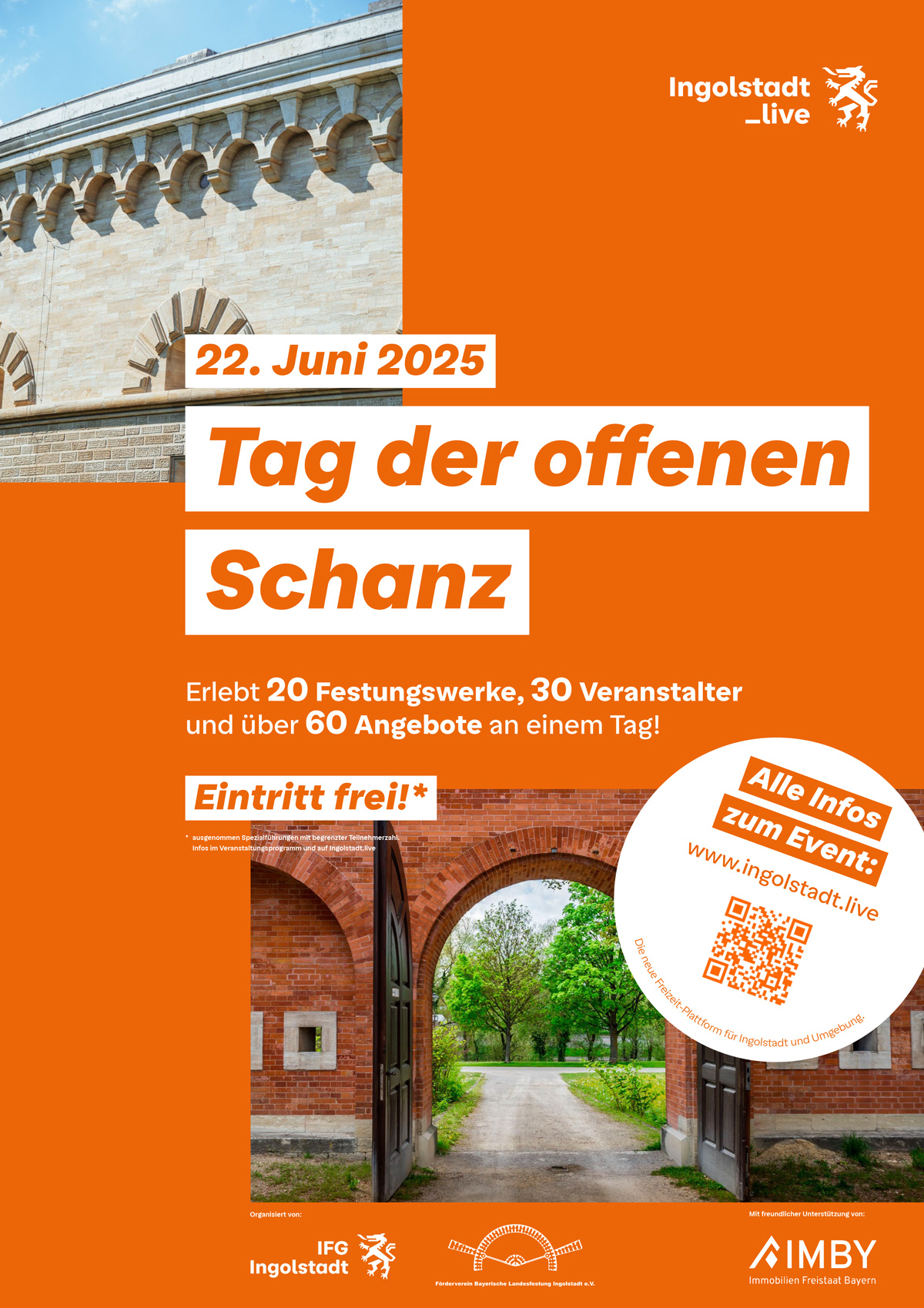
Wenn du dies siehst, nachdem deine Seite vollständig geladen wurde, fehlen leafletJS-Dateien.
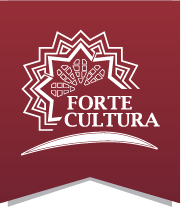
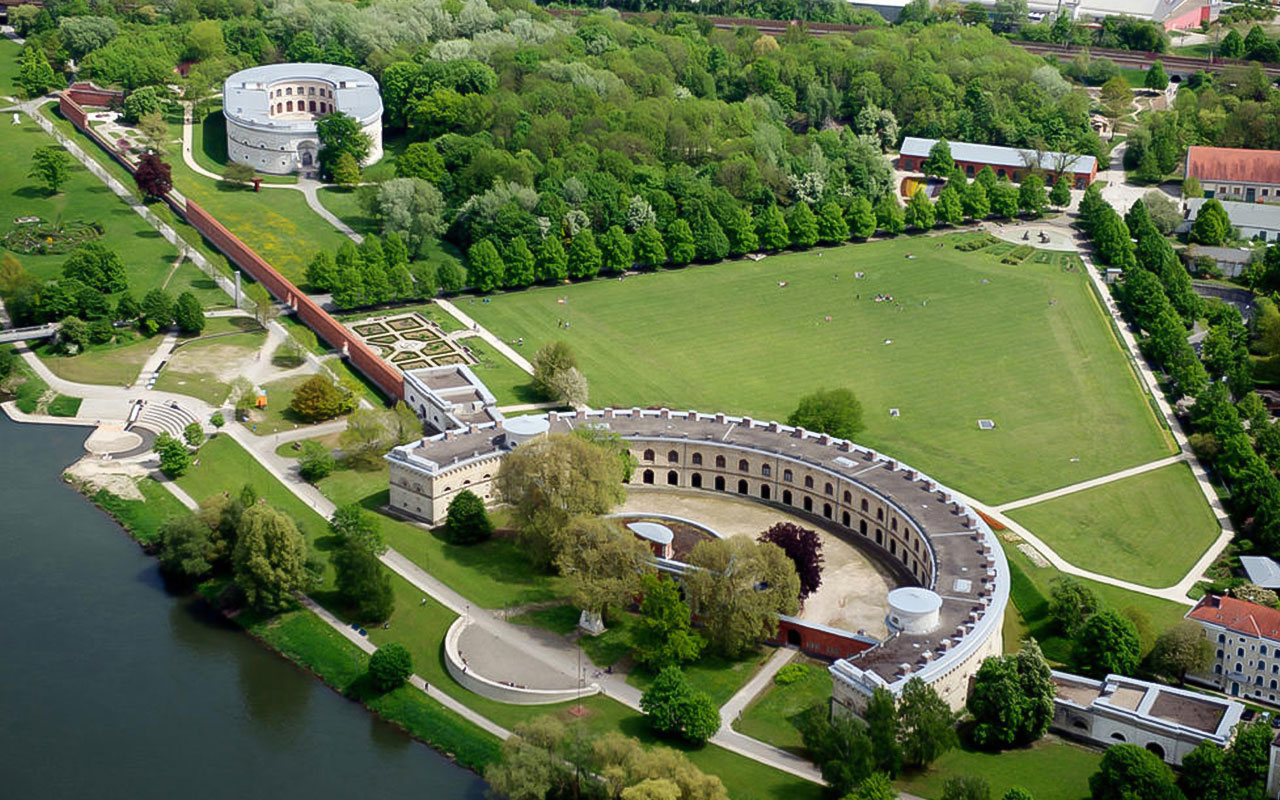
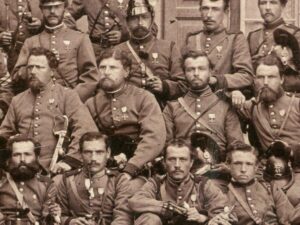

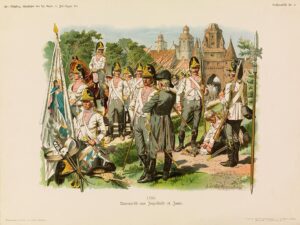
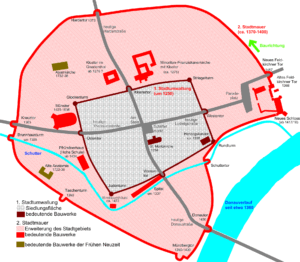
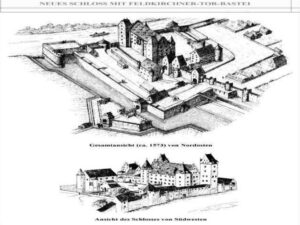
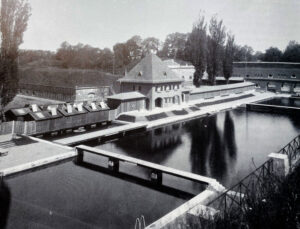

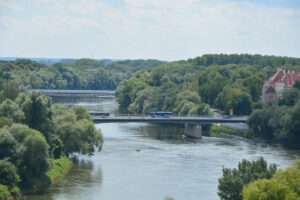
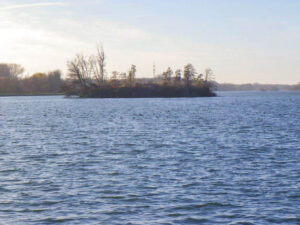
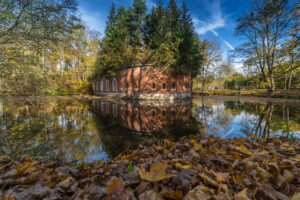
Schreibe einen Kommentar